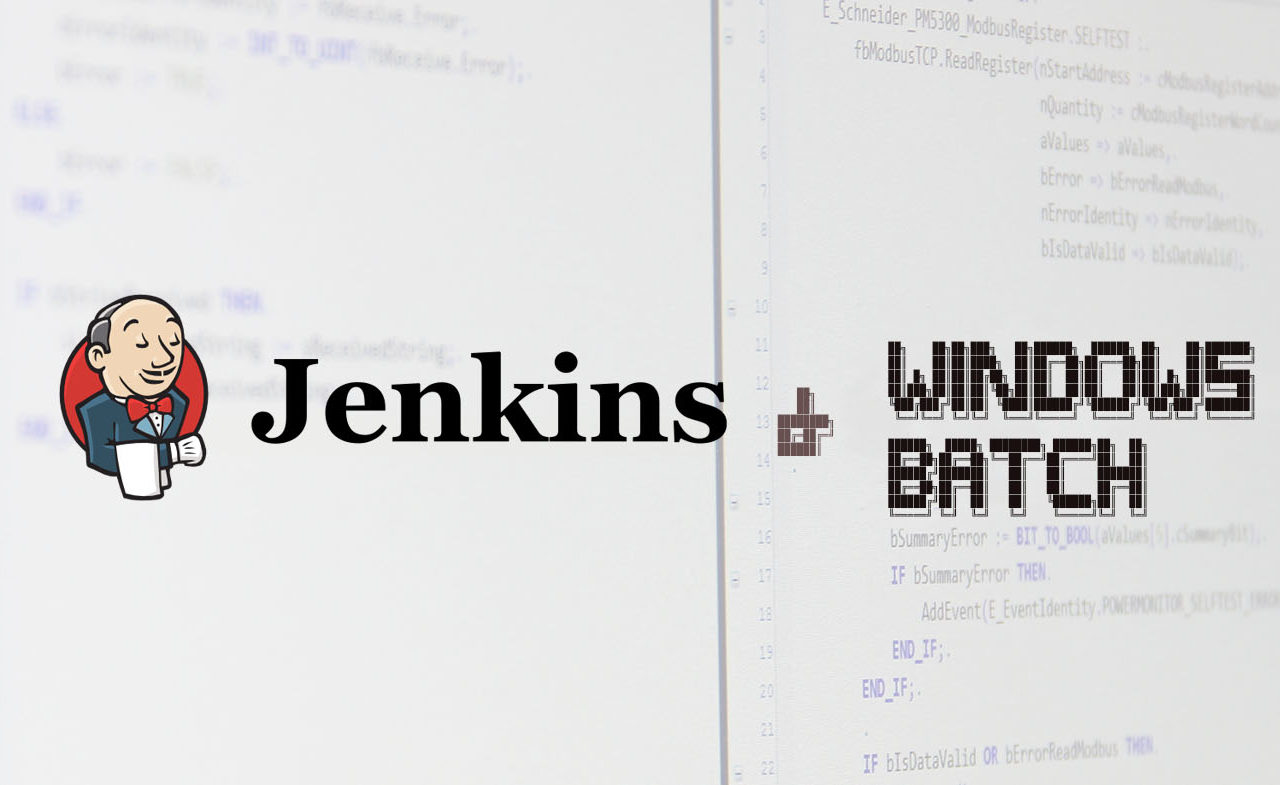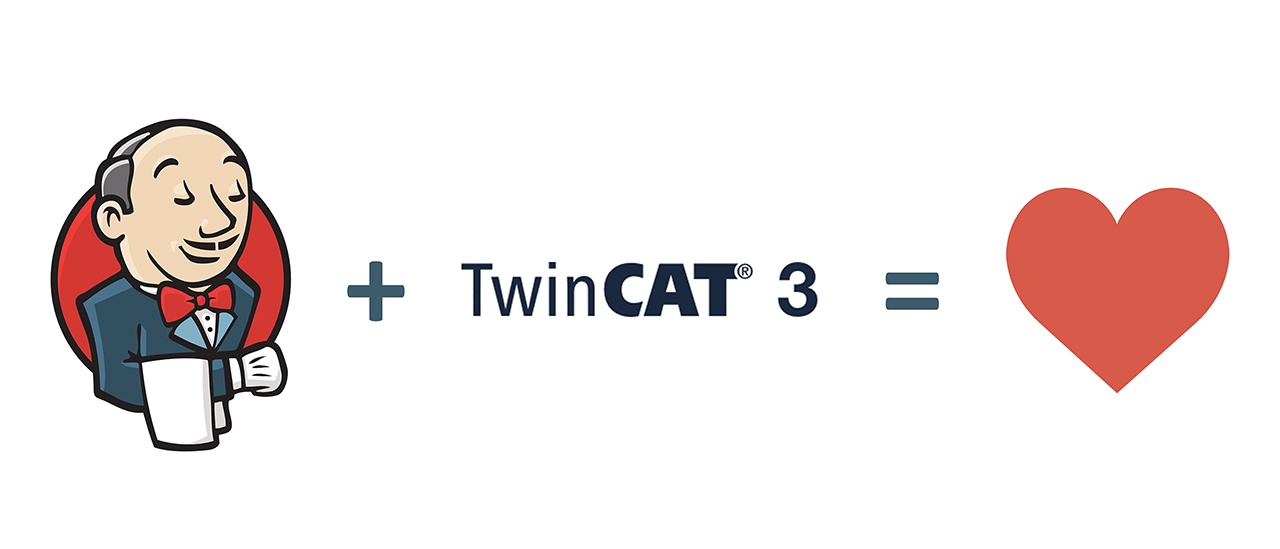We are at the final post of this series of continous integration and delivery with TwinCAT. We’ve accomplished setting up & configuring the automation server, created a TwinCAT test library project and wrote a small batch script that will be launched every time a new push has been done to the GIT repository for the library project. Now it’s time for us to write the program that will do the actual static code analysis.
CI/CD with TwinCAT – part three
In the previous post we did some installation and configuration of software to support us in the automation of doing static code analysis of TwinCAT software. We have reached a state where a Jenkins job is launched as soon as our TwinCAT library project is pushed to the GIT-repository. Even though we have a Jenkins job defined for static code analysis of TwinCAT software, it’s not doing anything yet. This will be our next step.
CI/CD with TwinCAT – part two
In the previous post we were introduced to the concept of continous integration and
continous delivery (CI/CD) in the world of PLC software development, more specifically TwinCAT development. The conclusion is that certain processes in the process of creating software can and should be automated. As an example, we set the goal of automating static code analysis of all TwinCAT software. In this part of the series of CI/CD we will look into some practical matters of installing and configuring the necessary software.
CI/CD with TwinCAT – part one
The development of PLC software needs to enter the 21st century. With the increased complexity of developed systems, the amount of software that is going to be developed for a given system will continue to increase. PLC development is partially living on an isolated island, and while most other areas of software development have been modernized, the world of PLC software engineering development is going significantly slower. When we develop more software, there is a need for more automation to remove unecessary manual handling and in the end increase the quality of the software we develop. Now I know that you can’t compare developing software for a web shop with developing software for a PLC that can run software that is critical and maybe even be safety-critical and one line of code can be the difference of life and death. However, developing reliable and robust software and adhering to modern software development processes and tools does not mean they do rule each other out. You can pick both.



